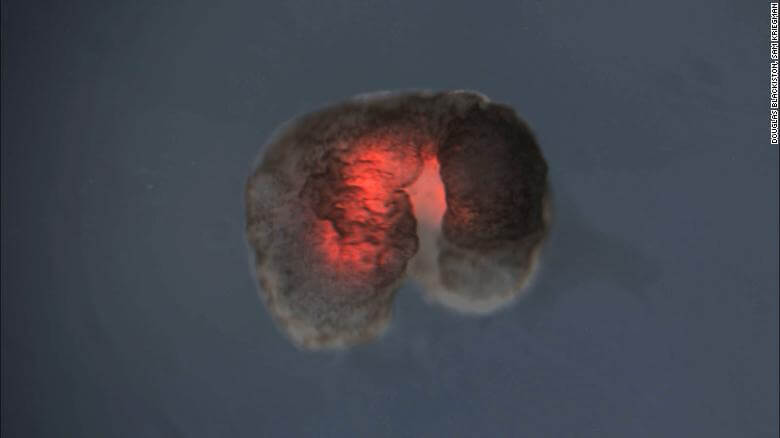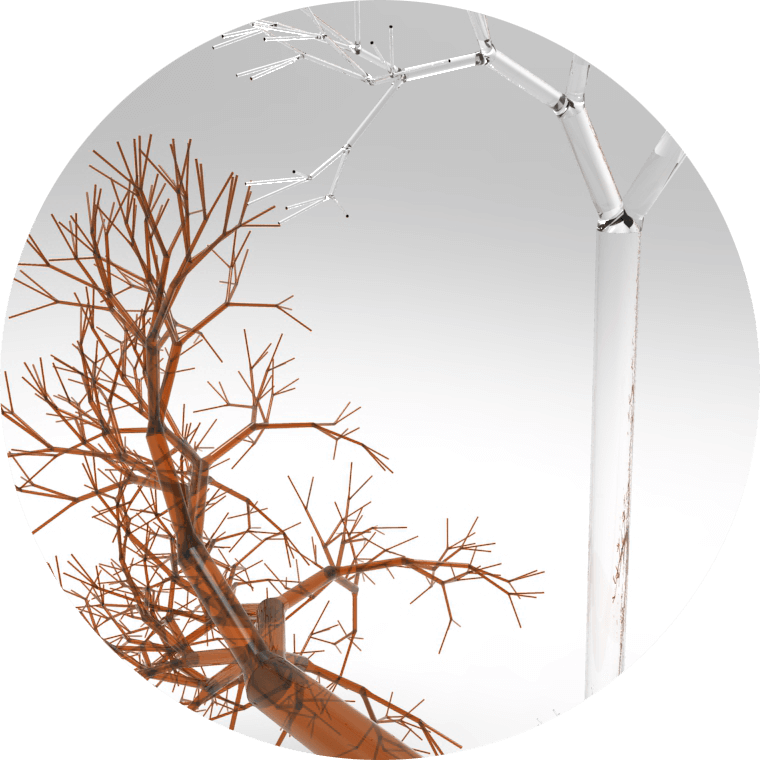Blogpost: The Age of Entanglement: (Higher) Education in a New Key
Knowledge can no longer be ascribed to, or produced within, disciplinary boundaries, but is entirely entangled.
– Neri Oxman, Age of Entanglement 1
We are living in an unprecedented time of creativity and discovery. We are also living in a time of troubling unpredictability and uncertainty. An invisible virus brought the world to the brink and made clear that our unhealthy relationship with animals and the environment is not only unsustainable, but profoundly dangerous. Years before the pandemic, Danny Hillis encouraged us to “no longer see ourselves as separate from the natural world or our technology, but as a part of them, integrated, codependent, and entangled” 2. Post-COVID, it is no longer possible to overlook our interconnectivity as a species among many in a dynamic and interdependent ecosystem. The very interconnectivity which led to advancements in human health, technology and culture also contributed to ecological, financial and human devastation. And yet, our entanglement with each other and the natural world, vis-a-vis plant-based vaccines developed in a coordinated effort by researchers around the world, is the very antidote that promises deliverance 3. Awakening to our entanglement, we learn the necessity of staying with the trouble 4.

Plants can be used as bioreactors to create vaccines and therapeutic antibodies for treating pathogenic viral strains. LINK
Collaboration, Creativity and Connectivity
Navigating an entangled world requires collaboration and creativity. The Artificial Biology, Robots and Art (ABRA) project springs from the recognition of entanglement as a defining characteristic of this age. To navigate an entangled world, we must engage our collective imagination. Collaboration and creativity can be developed and nourished, and institutes of higher education have a vital role to play in fostering them among researchers, teachers and students. Coming from diverse disciplines of biology, robotics, art, design and sustainability, each of us has cultivated collaborations with experts from other fields. Practically, this has meant expanding our peripheral vision to include approaches and methods from other disciplines, including some very far from our own. Our desire and conviction to collaborate and work across disciplines - in cultivating transdisciplinarity - has been the source of inspiration and new knowledge. But at times these efforts have been met with resistance. To chart entangled terrain means to behave like bold explorers, traversing disciplines with enterprise and adopting tools from one discipline to inform another.
Collaboration and creativity can be developed and nourished, and institutes of higher education have a vital role to play in fostering them among researchers, teachers and students.
Navigating an entangled world also means acknowledging our connectivity. As academics, we were educated and continue to work within institutional and research frameworks that insist on disciplinary boundaries. The silo mentality, a remnant of the Enlightenment, persists and makes it difficult to tackle the complex challenges that we face. As problems become more complex and entangled, knowledge and expertise from different fields that offer multiple perspectives are needed. As Joi Ito suggests, the separation of disciplines is not only no longer useful, it actually causes increasing damage 5. This is not the legacy we choose to pass on to the next generation of students and researchers. Educating learners in the Age of Entanglement will require a paradigm shift. The old models won’t do. New understanding requires new approaches: higher education in a new key.
Charting New Pathways
Education prepares us for a future that we cannot grasp. We cannot know how profoundly our entanglement with technologies and intangible networks of information will transform our daily lives. How do we prepare for a world we cannot see? How do we educate for a world that is always becoming? We cannot anticipate the skills or competencies that will be required by industry or research to meet the challenges we face. But if we have learned anything from the past year, it is how small and connected the world is. We have also been reminded that we need to work together, perhaps now more than ever before.
What we do know about the future is that we need to develop new pathways in education that teach students how to work collaboratively across cultures and across fields. We can foster, nourish and develop our capacity for creativity as researchers and teachers and create opportunities for students to become bold explorers.

Xenobots are the first living robots created from frog stem cells. They are synthetic organisms automatically designed with the help of computers to perform specific functions, and are capable of self-healing. LINK
Gardens, Not Factories
As our entanglement with the natural world and technologies deepens, the divide between the natural and the technological becomes increasingly difficult to discern. Technologically generated synthetic organisms design and heal themselves 6. Technology no longer imitates nature; it begins to mother nature.
Capacity building in the Age of Entanglement requires a rethinking of the values, needs and priorities of higher education. It requires fresh consideration of what knowledge is and how it comes into being. The new paradigm shift will also require new language: out with the industrialized notion of knowledge production, as though knowledge could be manufactured in a laboratory or mass produced on an assembly line. In the Age of Entanglement, knowledge is cultivated, and we educators are attentive gardeners. Institutes of higher education can no longer be seen as enclosed knowledge factories, but lush, public gardens where ideas, information and people intermingle, cross-pollinate and flourish. Where opportunities for working collaboratively and creatively grow, knowledge blooms.
Towards Transdisciplinarity
ABRA emphasises the connection between creativity and innovation in research, education and outreach. This connection is cultivated through dedicated teaching and training activities that promote transdisciplinary thinking and practice. We cultivate a culture of creativity to address global challenges and make interaction across disciplines easier. We promote knowledge alliances across the fields of artificial biology, robotics, art and design in the context of sustainability. Our project facilitates transdisciplinary knowledge and promotes a new approach to capacity building in higher education. Through hands-on workshops and training, educators and students cultivate their creativity and hone their ability for collaboration. In this garden, new questions, new ideas, new solutions might be generated.
Institutes of higher education can no longer be seen as enclosed knowledge factories, but lush, public gardens where ideas, information and people intermingle, cross-pollinate and flourish.
Creativity is not domain-specific; it cuts across all research areas and sectors. The need for human imagination and creative thinking in problem-solving has never been more apparent or more necessary than right now. Those educated with transdisciplinary skills are prepared for a dynamic future that requires flexible thinking, fluency of ideas, and active learning and collaborative skills.

Tree-like structures can be grown computationally with the help of l-systems. LINK
ABRA acknowledges the role that higher education plays in fostering creativity in research and teaching. The Age of Entanglement requires a new approach to higher education: merging the aesthetic, scientific, and the designerly, we offer a shared vision and create new methods for cultivating transdisciplinarity in higher education.
Elizabeth Jochum and Anca-Simona Horvath
